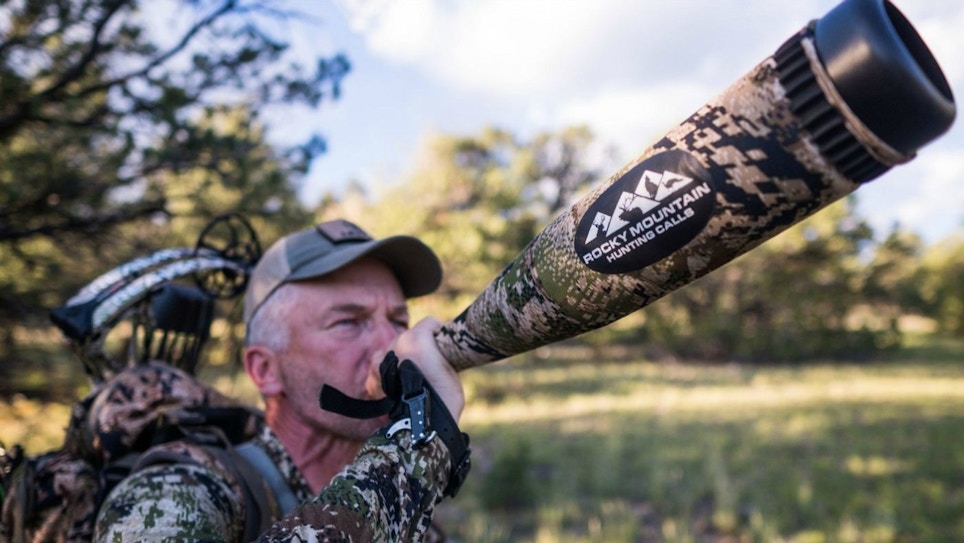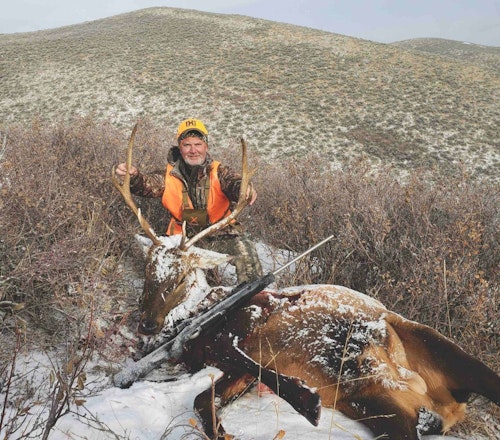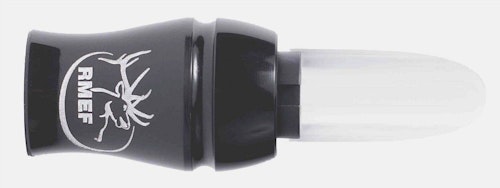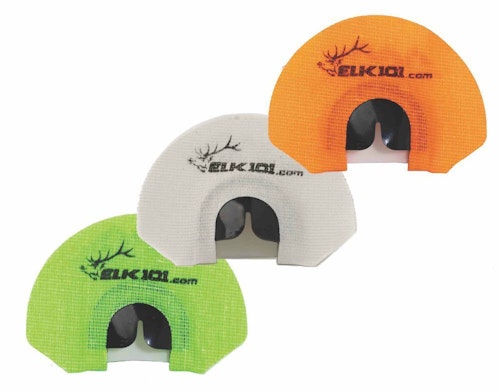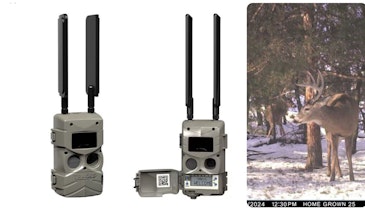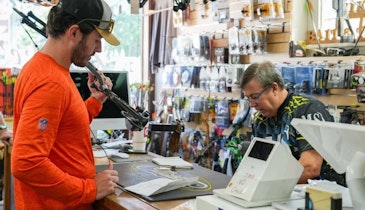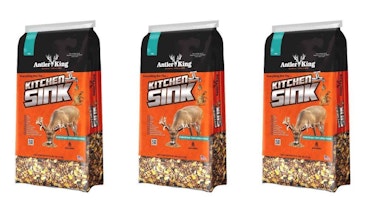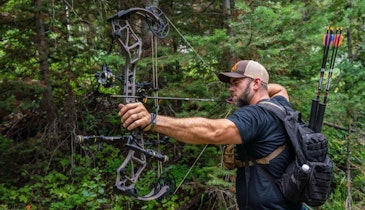In 1992, in the garage of his home in northwestern Idaho, Rockie Jacobsen began crafting elk calls as a way to make a few extra dollars. Jacobsen had been playing with an idea for a new style of diaphragm call that wouldn’t make the user gag. With a touch of resourcefulness and the help of a retired tool and die maker, he developed the Palate Plate diaphragm call and sold $3,000 worth of the new calls at the Rocky Mountain Elk Foundation annual convention in Portland, Oregon.
Will Primos of Primos Hunting bought the Palate Plater patent from Jacobsen in 1994, and Jacobsen continued to innovate on his own. By 1997, the small call company was Jacobsen’s full-time job, and by the year 2000, dealers started taking notice of the company.
Rocky Mountain Hunting Calls continued to grow and now offers turkey, predator, deer, moose, wolf and elk calls. RMHC’s Volume Enhanced Tone Technology (V.E.T.T) offers better volume and tone control and has gained fans across the country.
Hunting Retailer had the chance to talk with Mike Mattly, sales and marketing director at Rocky Mountain Hunting Calls. Mattly has been in the hunting industry for nearly a quarter of century. He started with Knight Rifles in 1994 and worked in public relations for PRADCO hunting brands for seven years. Now, his efforts go into growing RMHC sales, and he’s exceedingly optimistic about what 2020 will bring.
HR: What’s going to be new from RMHC for 2020?
Mattly: We have developed a new Sure Fire Bugle adaptor that will attach to our V.E.T.T. system on most of our bugle tubes. The Sure Fire adaptor has a built-in reed, so hunters who can’t use a diaphragm can still bugle. We also created 10 new predator calls. The Atomic 13 series of aluminum distress calls look great and sound even better.
HR: What sets Rocky Mountain Hunting Calls apart from some of the larger call companies?
Mattly: The product development really sets us apart. We don’t have red tape that many big companies do. If one of us has a good idea, we talk about the basics, then everyone adds their input. Within a couple days we have a prototype to proceed with. Also, the calls are assembled by hand and touched by multiple people, so we have several sets of eyes inspecting each product before it goes out the door.
HR: Where do you make your calls and who tunes them?
Mattly: Our calls are all assembled in Kamiah, Idaho. We have a great team of men and women that specialize in the different processes.
HR: Where does your company see potential for growth? How about non-growth? Is there part of the industry that’s shrinking?
Mattly: We’re branching out into predator and turkey more this year. Deer is an area that we need to focus on in the future.
HR: Are there new technological changes coming in the call world?
Mattly: We are always looking into new materials to build our calls from that will give even more lifelike sounds. It is interesting how the western states are more restrictive than the Midwest and Southeast. Heck, trail cameras and lighted nocks are illegal in some western states.
HR: What’s the best-selling call you guys have and why?
Mattly: The ELK101 series of calls do phenomenal for us for a few reasons. Corey Jacobsen is the reigning World Elk Calling Champion, and these are his signature series. Corey is a huge marketing machine with ELK101.com, his podcast with Randy Newberg, his e-newsletters, etc. He is the best elk caller in the world, and people listen to what he says and buy his calls.
HR: How has the decades-long slide in the number of Americans now hunting affected business?
Mattly: Actually, our business has been fortunate to have continued growth. There doesn’t appear to be as much of a decline in elk hunters compared to small game and deer.
HR: How do you leverage your pro staff and/or social media influencers? Are they important to sales?
Mattly: We have a great team of pro staff members and are working at doing a better job with influencers. Rockie Jacobsen, founder of RMHC, is in charge of the pro staff, and he won’t let just anyone on our team. They have to know how to call, how to talk to potential customers and how to hunt, and they must represent us in a professional manner. We are getting to a point where dealers call us and request a pro staffer by name to help at their events. That means a lot.
HR: What do you expect across your segment of the hunting industry in 2020?
Mattly: We expect modest growth in predator and turkey. Hunters now are learning that we make more than just elk calls.
About the Author
Matt Crawford lives, writes, fishes and hunts from his home base in northern Vermont. He is the former editor of The Burlington Free Press and Upland Almanac. Currently, he works in a communications firm where he represents a number of brands in the outdoor industry.
